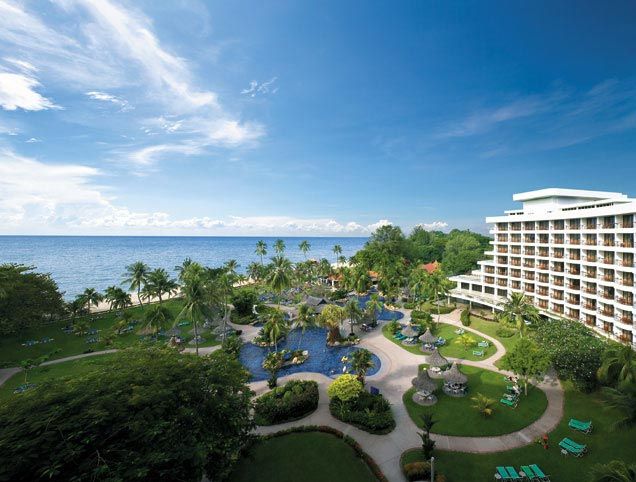Introduction
Malaysia is a fascinating country of two halves. On one side of the South China Sea lies the Malay Peninsula, where most of the population lives: a mix of Malays, Indians and Chinese. Here, the skyscrapers of Kuala Lumpur provide a striking contrast to the tea plantations of the cool Cameron Highlands, while on the east coast, dazzling beaches offer plenty of sun-kissed relaxation. The other half is on the northern part of the island of Borneo, where the states of Sabah and Sarawak reveal a wild, untamed side. Travelling to both guarantees a truly memorable adventure.
Malaysia's Natural world
With its mix of jungles, mountains and coast, Malaysia's natural world is as diverse as it is spectacular. At the heart of the peninsula, the ancient rainforests of Taman Negara are among the oldest on Earth, while to the east, the sandy beaches of the Perhentian Islands are home leatherback turtles, who come to lay their eggs far from the crowds. But, the real star of the show surely lies across the sea on the island of Borneo, where rivers snake between verdant jungles and orangutans and proboscis monkeys clamber through the canopy as dazzling hornbills swoop overhead. And, on the coast, pristine coral-reef islands host a dizzying variety of marine life.

Orangutans, Borneo
History, people & culture
Malaysia's location on the sea route between India and China made it a major port of call from traders and settlers. In 1405, the Chinese established the port of Malacca as a supply base, which in turn led to European interest in the region. Indeed, the Portuguese, Dutch and British each held Malacca for a time, while the British East India Company also leased Penang, which became another strategic post. It's all seen today in the country's wealth of architectural styles as well as the large Indian and Chinese populations, which make cities such as Kuala Lumpur and Penang so vibrant.

Penang, Malaysia
A taste of the country
Eating out in Malaysia is a chance to try a wealth of Asian flavours. Dishes from the three main communities – Chinese, Indian and Malay – and others inspired by the tastes of neighbouring Indonesia and Thailand reveal the sheer breadth of culinary influences. Rice, satay and creamy coconut curries are Malay staples, with beef rendang being a particularly popular dish. Banana leaf curries and roti bread are typically Indian, while noodles and dim sum are among the Chinese favourites. And, be sure to try 'Nyonya' cuisine, which mixes Malay and Chinese in dishes such as laksa – a spicy noodle soup.

Street market, Kota Bharu




















